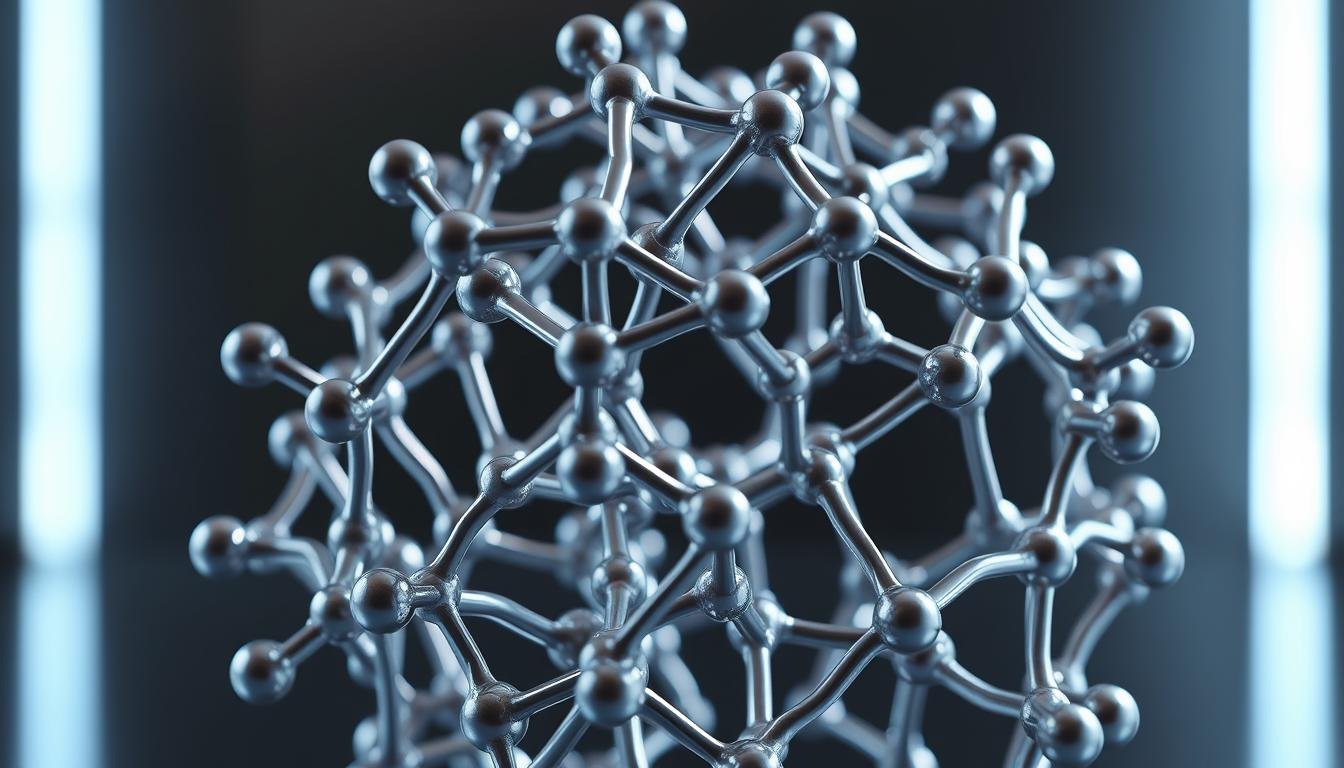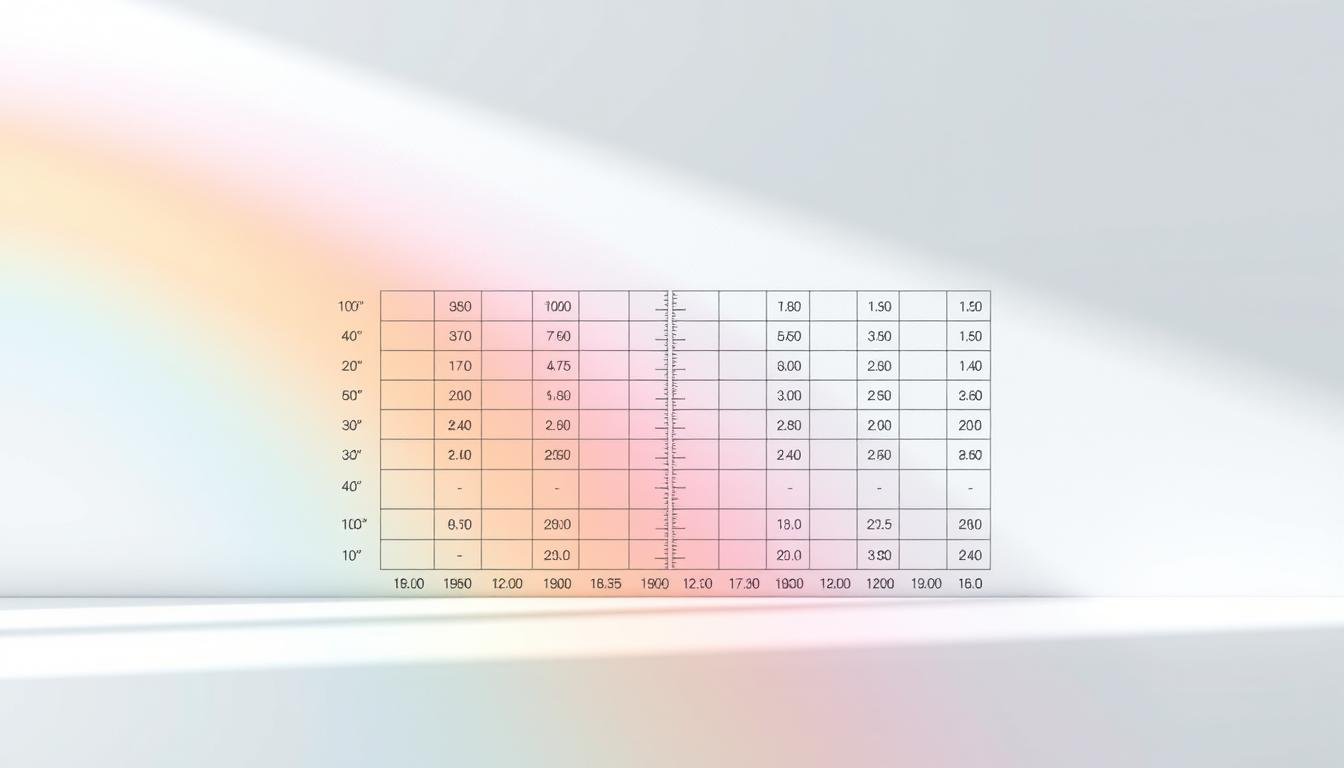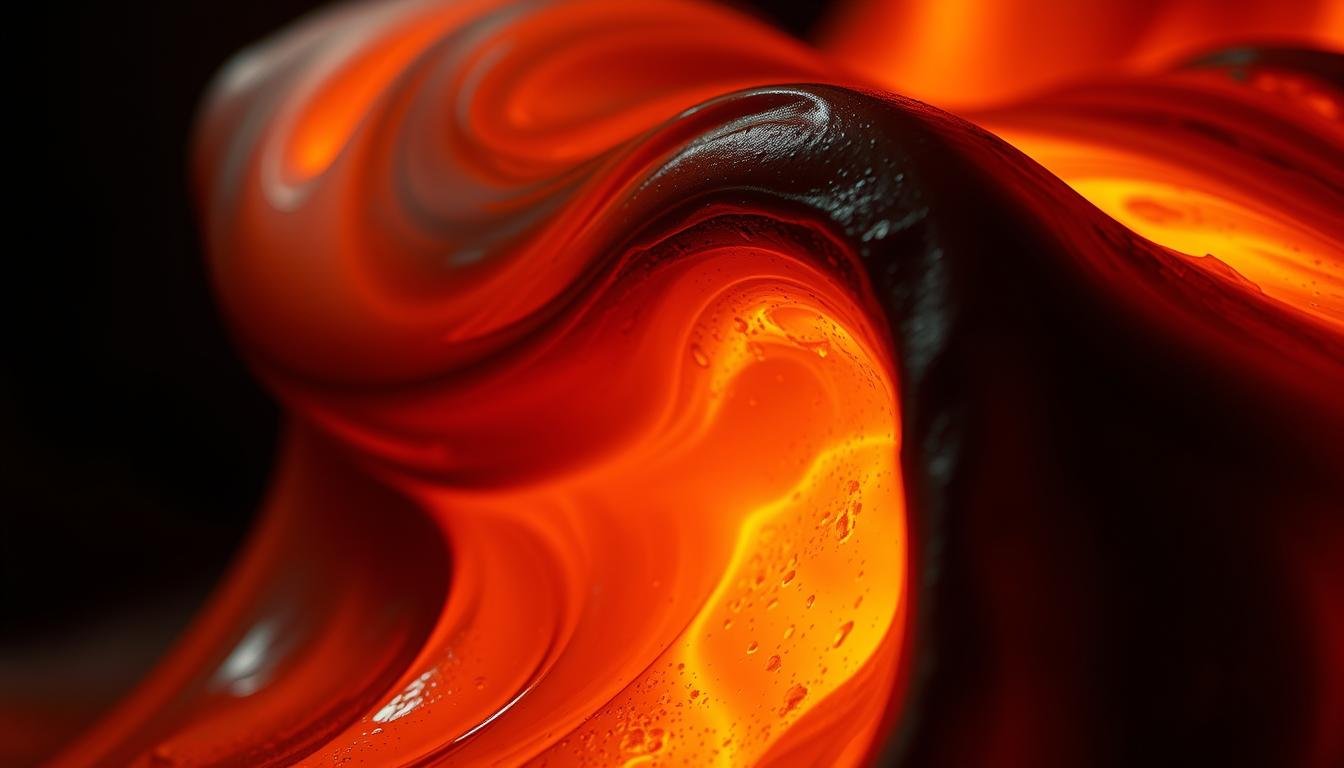304 Stainless Steel Melting Point Temperature Guide
Understanding thermal limits is essential for professionals working with industrial alloys. This guide focuses on the heat tolerance of a widely used austenitic material known for its balance of durability and workability. Engineers, welders, and manufacturers rely on precise temperature data to ensure structural integrity in high-stress environments. The material in question withstands temperatures between … Read more









